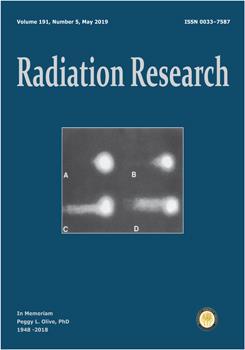Evaluation of the characteristics of accelerator-based thermal neutron fields is recognized as an important issue when discussing the effectiveness of boron neutron capture therapy (BNCT). In this study, we propose that the radiation chemical yield (G value) of hydroxyl radicals (Goh•) can be considered a universal parameter for the description of the accelerator-based thermal neutron field. The Goh• of the 10B(n,α)7Li reaction was quantitatively evaluated using an aqueous coumarin-3-carboxylic acid (3CCA) solution, and was discriminated from that of contaminations (i.e., γ rays and fast neutrons). The Goh• of the 10B(n,α)7Li reaction was 0.107 ± 0.004 OH•/100 eV, which is almost equivalent to that exposed to α particles with an energy of 6.0 MeV. Since the Goh• of γ rays from a 60Co source is 2.03 ± 0.05 OH•/100 eV, this lower value suggests that indirect action by the 10B(n,α)7Li reaction is not dominant in BNCT. However, our results indicate that one can assess the 60Co equivalent dose of the 10B(n,α)7Li reaction in water from the Goh• derived using aqueous 3CCA solution in the accelerator-based thermal neutron field.
Kusumoto, T. and Ogawara, R. Radiation Chemical Yield of Hydroxyl Radicals for Accelerator-based Boron Neutron Capture Therapy: Dose Assessment of 10B(n,α)7Li Reaction Using Coumarin-3-Carboxilic Solution. Radiat. Res. 191, 460–465 (2019).





